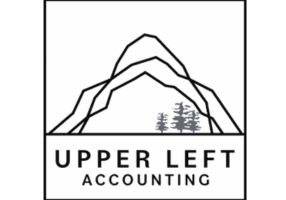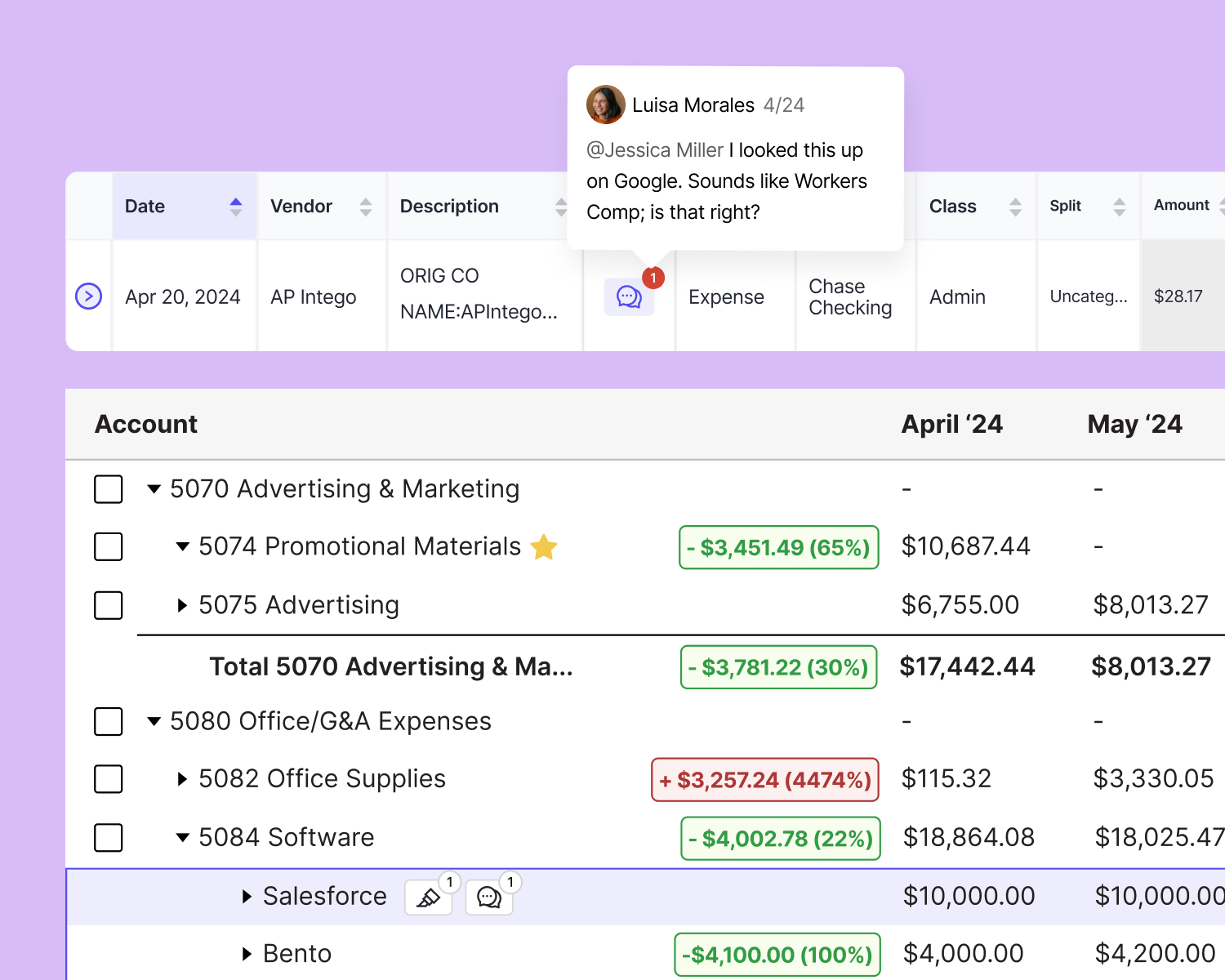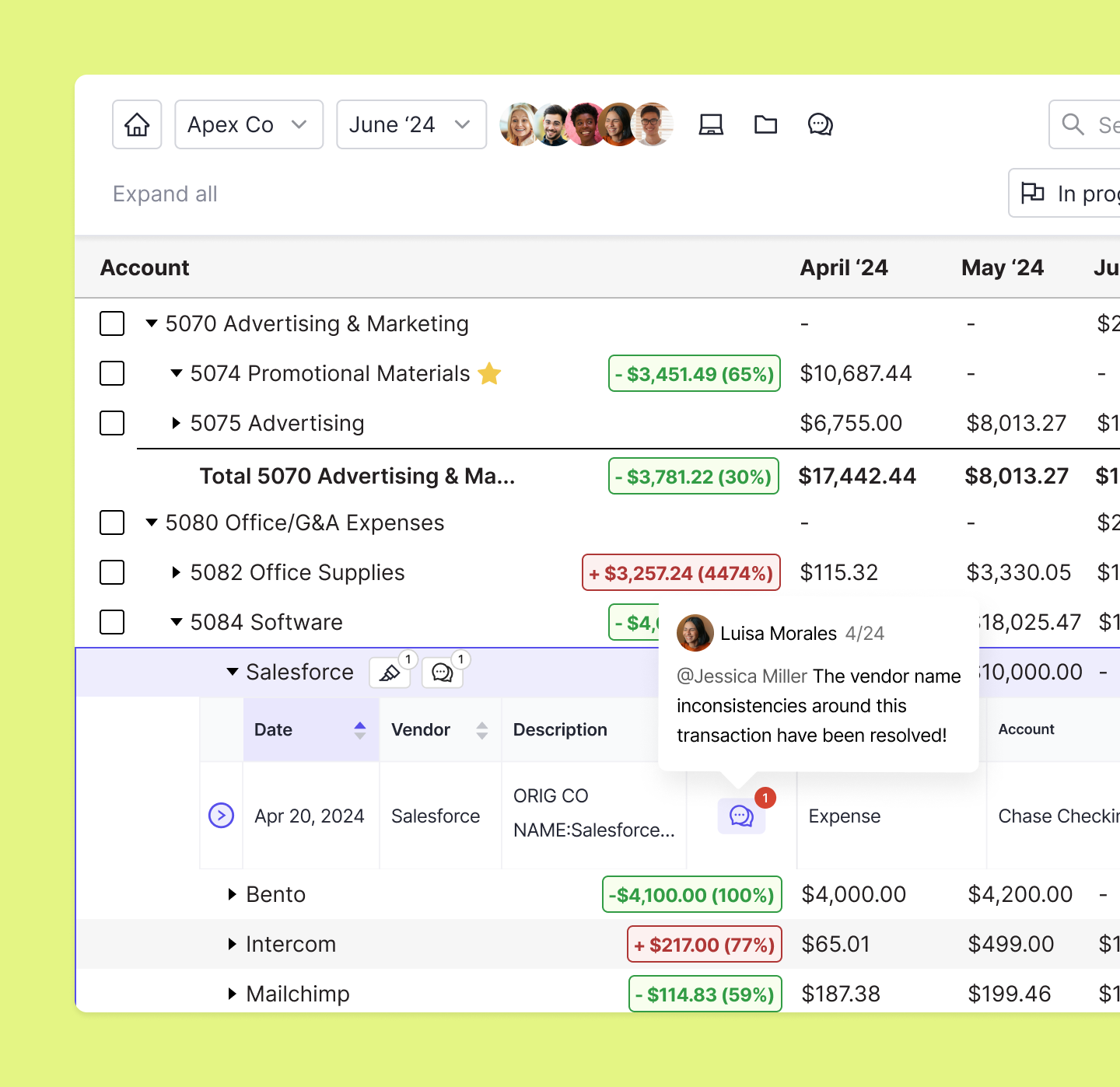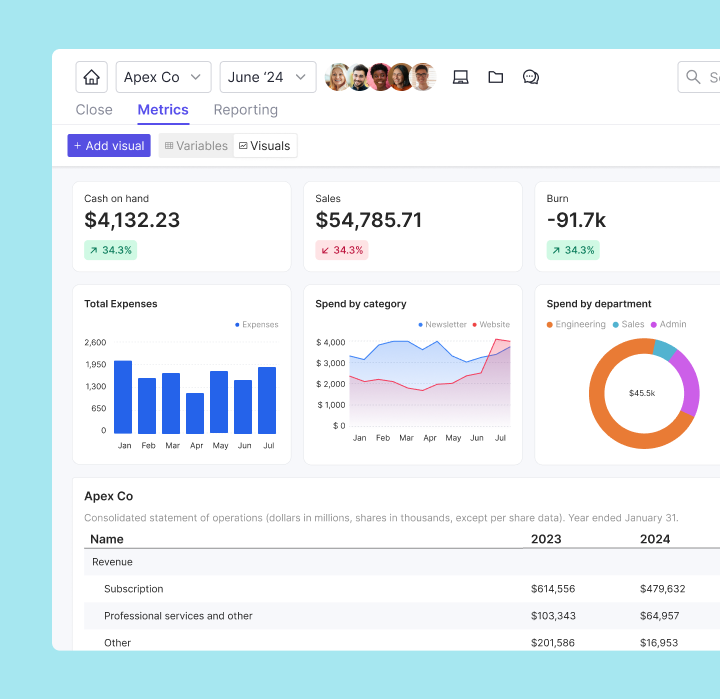168网幸运五分彩历史号在线查询功能提供:号码走势 结果168查询 澳洲记录
in half the time
Keeper is the leading QuickBooks and Xero-五结果预测方法 号码统计 冷热号分析 bookkeeping practice management tool.
Get started
5.0
Rating on G2
Trusted by thousands of 幸运澳洲5号码走势 Bookkeepers and accountants

















Seamless communication

Faster responses. Less effort.
Ask questions about transactions directly from the bank feed
Schedule automated client reminders (by email or text)
Reclassify transactions in Keeper, based on client responses
Manage client communication in a secure, custom-branded portal
Explore Client Portal
“Not only has Client Portal saved us valuable time, but our clients have embraced the new platform, which has quickly become the preferred mode of communication.”

Automated 168网体彩官方网+快速168体彩网数据历史记录 review
Review your clients books with speed and accuracy every time.
Automatically catch and correct common coding errors
Instantly sync all changes back to QuickBooks/Xero
Review P&L reports at the vendor-level
Standardize reviews across your firm with customizable templates
Explore File Reviews
“Keeper helps us keep way better track of everything going on for each client and allows the staff to do the majority of their own work before final sign off by a manager.”


1099 澳洲的幸运五官网历史记录的基本功能-澳洲查询网全历史记录

Track vendors and request W-9s throughout the year, all in Keeper.
Identify vendors that may require 1099s and are missing W-9s
Request those W-9s directly from the vendor
Export and upload 1099 data to your favorite filing tools
Explore 1099s
“Keeper helps us catch missing W-9s immediately. We expect to cut down the amount of time we spend chasing W-9s at the end of the year by two-thirds or more. ”

Custom management reports
Deliver 五分彩澳洲幸运直播号计划 than just P&L and Balance Sheet to help your clients actually understand their financials.
Start with a one page executive summary
Customize KPIs and visuals for each client
Publish reports directly to the Client Portal
Explore Reporting
“The reports are my favorite feature of Keeper because they bring the most value to my clients, but all the features are valuable to myself, my team, and my clients.”


Task management

Ensure no work falls through the cracks and build out your ideal workflow.
Create & track recurring or one-off tasks
Organize tasks with sections and tags
Track client information and team progress in a single, firm-wide view
Explore Task Management
“The best part is that Keeper keeps me accountable and organized without any input from my side. No more creating tasks and due dates. Absolutely recommend it to every 幸运澳洲5号码走势 Bookkeeper out there.”

Keeper Emails
NEW
A fully-2025官网最新直播号码记录幸运五 email client built into your practice management system.
Keep your teammates in the loop by leaving comments or asking questions directly from an email thread.
Convert emails to tasks in one click, then assign them to your team and track progress along the way.
See all the context with a shared email history. View emails sent to or from a particular client, across all teammates.
Bookkeeping practice management software built to reduce your tech stack
Integrates with QuickBooks
and Xero
2025的幸运号码飞行艇开奖结果查询 your work
Your firm's single source of truth. Consolidate your tools into a platform built specifically for you.
Integrate your tools
Deep integration with all the tools you know and love with our deeply customizable Zapier integration.
And so much more we know you’ll love
Plus, we’re always building and improving based on customer feedback.
Make a feature request
Time tracking
Custom reports
Integrated email
Client tags
Internal commenting and team chat
Daily 幸运168官网飞艇直播开奖 emails
User
permissions
Customizable client properties
Kanban client view
Zapier integrations
Time tracking
Daily Digest emails
Integrated email
Client tags
Internal commenting and team chat
Daily
Digest emails
User
permissions
Customizable client properties
Kanban client view
Zapier integrations
Don’t just take it from us
Learn why thousands of 幸运澳洲5号码走势 Bookkeepers and accountants trust us, and how others have utilized our practice management software to improve their firms.













